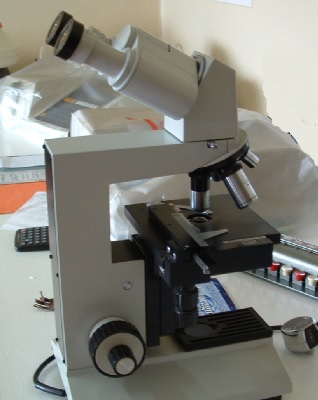Has the industry made such a tremendous amount of noise that consumers lost interest before it caught on?
In the mobile tech industry, marketing needs to be conducted extremely carefully in order to make sure that consumers will gain interest and retain it enough to make a purchase and tell all of their friends – wearable technology is no exception to this rule.
When it comes to these mobile devices, brands and advertisers have stopped at no expense to spread the word.
However, as of yet, these wearable technology devices – which tend to be rather on the pricy side – still have yet to catch on with the majority of consumers. While it has generated some interest as individuals read up on the latest developments in the market, the number who do actually make a purchase of one of these gadgets is not as big as it was predicted to be. While some analysts believe that it is still too early in the evolution of the devices to tell for certain what the future will bring, others wonder if the hype was so great in this area that it died off before getting started.
This has left wearable technology makers wondering if they are looking to the future or not.
From smartwatches to augmented reality glasses, there is no shortage of different options available for the consumer to choose. However, as this flood of options has been tremendously hyped and the choices have raced their way forward even before many consumers could even tell what they are, many wonder if the flame on that torch was burnt out before most people could even become aware of the existence of most of the products.
According to the trends that have been seen over the last year, and that were renewed a few weeks ago in Barcelona at the 2014 Mobile World Congress (MWC), it looks as though this year is going to be an exceptionally critical one in the arena of wearable technology. Though Google Glass and Samsung Galaxy Gear smartwatches have seen disappointing sales, so far, the marketing has been pushing forward to boost enthusiasm. Now, all the analysts can do is watch to see whether or not 2014 truly proves to be the year of the wearable tech.
Google Glass helped to enhance the way that a surgeon can perform various procedures.
Two surgeons from the Indiana University Health Methodist Hospital have started using wearable technology in the form of Google’s augmented reality glasses to be able to boost their ability to make appropriate surgical decisions.
These doctors use the wearable tech’s voice control to access the information that they require, when they need it.
The two physicians, Dr. Szotek and Dr. Browne, became the first in the hospital to start using the augmented reality glasses during abdominal surgeries. They now each wear Glass during this procedure, which typically lasts around four hours. With them, they can access medical information – including records specific to the patient – as they remove tumors.
The augmented reality glasses can provide X-ray and MRI data on its floating display.
This information can all be shown by the wearable technology without getting in the way of the surgeon’s line of sight for the actual surgery itself. As it is commanded by the surgeon’s voice, there is no need to take hands away from where they are most needed and without upsetting the operating room’s sterile environment.
That said, this is only believed to be the start of the uses for Google Glass for these surgeons. They believe that these mobile devices will be more broadly helpful in the medical field as a whole. While other surgeons have used the gadgets’ point of view video streaming in order to educate themselves and have provided students with a live insight into every different phase of a surgery, Dr. Szotek sees this tech going further. He hopes to be able to use biological tracers so that his AR glasses will be able to actually differentiate between healthy tissue and the tumor, itself.
He stated that being able to automatically differentiate between these two tissues “could revolutionize the field of cancer surgery”. This would help to make certain that the tissue could be more completely removed while leaving the maximum amount of healthy tissue behind.
It could also be beneficial for emergency first responders to wear augmented reality glasses so that they would be better capable of handling unusual types of accident or medical condition, and to be able to provide them with accurate remote instructions.



